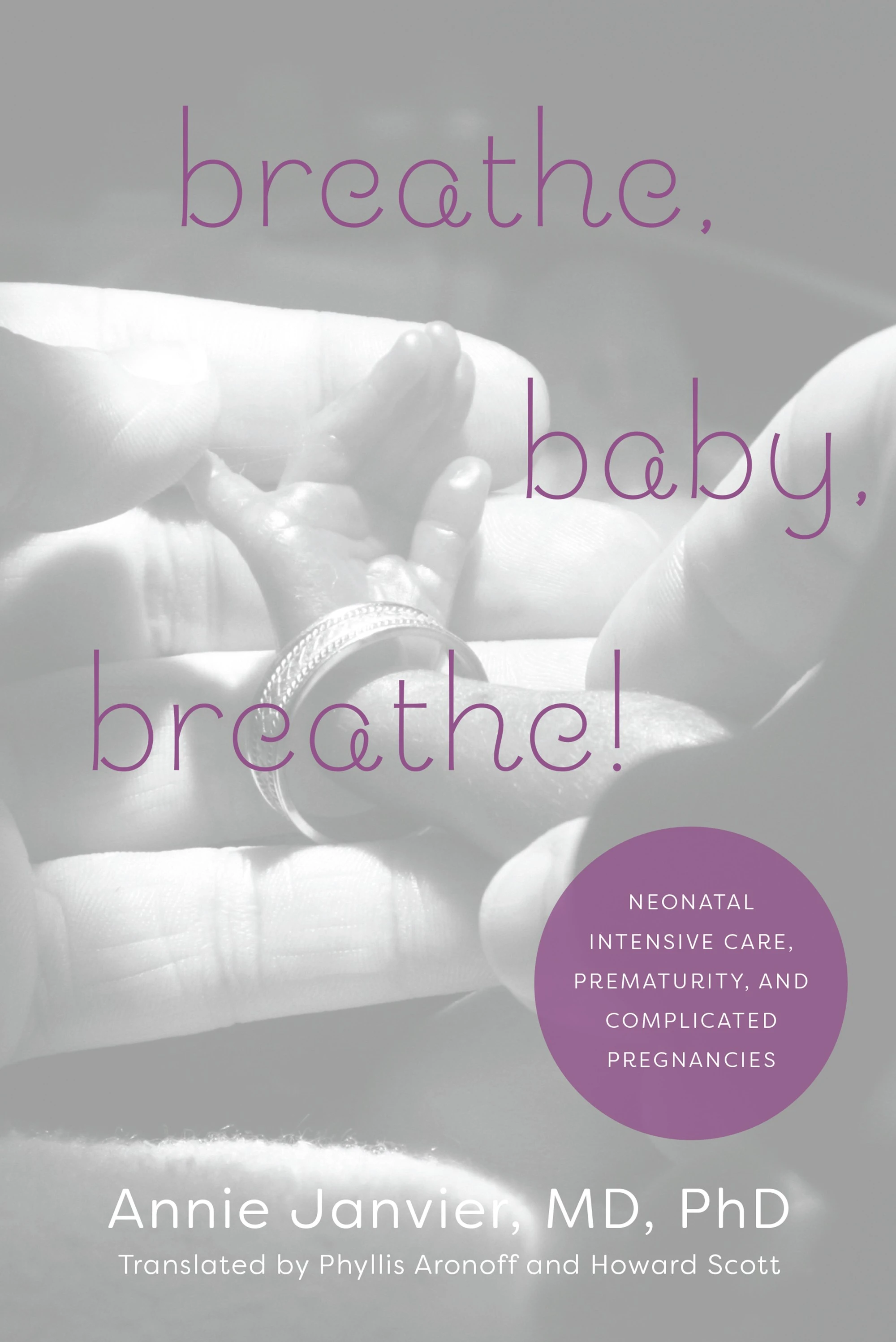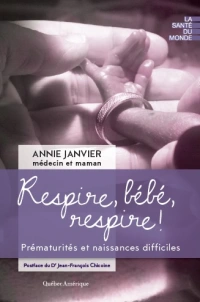It is quite clear that palivizumab reduces the incidence of RSV disease, and probably also the severity, among those who still get it nevertheless. It is just as clear that it is extremely expensive.
If RSV is likely to make you very sick and end up in hospital then there is a definite cost saving from administration, other benefits are much harder to cost. This is probably the first time I have written about health care costs in this blog, but it was stimulated by a new publication ‘Yoshihara S, Kusuda S, Mochizuki H, Okada K, Nishima S, Simões EAF: Effect of palivizumab prophylaxis on subsequent recurrent wheezing in preterm infants. Pediatrics 2013, 132(5):811-818′ This was a prospective observational study funded by Abbott, which followed 349 late preterm infants who received three doses of palivizumab and 95 who received none. Recurrent wheezing occurred much more frequently in the untreated than in those who received the prophylaxis. Although this appears effective, and the study design is a reasonable second best compared to an RCT, the cost implications are enormous.
Earlier this year a proper masked RCT was published in the PNEJM (Blanken MO, Rovers MM, Molenaar JM, Winkler-Seinstra PL, Meijer A, Kimpen JL, Bont L, Dutch RSVNN: Respiratory syncytial virus and recurrent wheeze in healthy preterm infants. The Prestigious New England journal of medicine 2013, 368(19):1791-1799). That study (also funded by Abbott) also showed a significant reduction in the onset of recurrent wheezing, of a slightly smaller magnitude (11% vs 21%). The diagnosis of recurrent wheezing is not necessarily the best way to determine the benefit of the RSV prophylaxis: in the first year of life the controls wheezed for 4.5% of the days of the year, the treated babies for 1.8%. That is a 61% relative reduction, but a modest actual benefit.
An editorial in Pediatrics accompanying the new article is worth a read (Meissner HC, Kimberlin DW: RSV immunoprophylaxis: Does the benefit justify the cost? Pediatrics 2013, 132(5):915-918). For anyone who does not have full text access, I summarize: palivizumab is horrendously expensive, it is not at all clear that the benefits are worth it.
A number of cost-effectiveness analyses have been published regarding palivizumab prophylaxis with dramatically different conclusions. Cost-analyses sponsored by the manufacturer generally show cost neutrality or even cost saving. Among independently conducted cost analyses, the cost of prophylaxis with palivizumab is generally found to far exceed the economic benefit of hospital avoidance, even among infants at highest risk.
The authors of this commentary note the following among high risk groups, in whom for every 19 affected children there is one fewer hospital admission:
The acquisition cost of palivizumab is $202 635 to save $8530 in hospitalization cost.
In many jurisdictions there are ‘rebates’ which can be given in many different ways. I personally am very concerned about the way this works in Quebec. We pay an enormous amount for this medication, making huge profits for the manufacturer, in order to ensure that all the eligible infants receive their palivizumab the company then gives a subsidy to the hospital to support the salary of an ‘RSV nurse’ whose job is to ensure that no-one is missed. This is touted as being a public benefit, a ‘good deed’ on behalf of the manufacturer (I wouldn’t be surprised if it is tax-deductible). So, even in our public health care system, the manufacturers are themselves ensuring that they have the maximum uptake.
Currently in Québec there are guidelines in place, which assign risk scores to late preterm infants to decide which ones are eligible for palivizumab. The risk scores are a way of determining which infants are at highest risk of developing RSV and being hospitalized for it, but I am not at all sure that they discriminate according to whether there is a cost-benefit or not. In these days of cuts in our health care budget, this should be re-scrutinized.
On the other hand these new studies support the long held idea that RSV causes long lasting pulmonary dysfunction, and finding better, cheaper, ways to prevent it would be a good thing.









Dear I am from King Fahad Medical City in Riyadh -Saudi Arabia , Neonatologist did my training in Edmonton-Alberta , start practicing as attending when I came back home in 2005 and I am the chairman of the RSV prophylaxis program in my hospital and in-charge of establishing a nation wide criteria for RSV prophylaxis , because of what you have written about the cost we didn’t include the bigger preterm babies awaiting our consensus , great comment
Thank you
Will add my comment from a parents of an ex-NICU baby (and also your wife!). There are again NO studies examining the pros and cons from a parental perspective. I remember our “RVS visits”, going to a crowded room or snotty and coughing people to have Violette get the shot. Was terrified the whole time she would catch something. I remember once I was out of the hospital with Violette, any smallest intrusion in our life and pain for her was intolerable. I also remember sleepless nights with her wheezing. She was not hospitalized, but our family quality of life greatly suffered around these URTI episodes. Would be curious to know what parents think…
As a parent of a 28-weeker (now 3yrs old) with CLD (was on O2 until 10 months old), who still receives daily breathing treatments (FLOVENT)…I was beyond grateful for my son to be approved for Synagis for two RSV seasons. He received 5 injections each year (his last injection when he was about 18 months old). We were extremely cautious about exposing him to RTIs, but also felt like we had the extra coverage/protection that Synagis provided. I hear SO many stories from parents of later pre-term kiddos who didn’t receive Synagis and have suffered long-term lung issues after contracting RSV. I think the cost-benefit is legit. Our biggest fear was returning to the hospital and/or causing even more lung damage to our son’s already fragile lungs. I even took part in a satellite media tour with MedImmune to raise awareness of RSV and protection from RSV.
My 25w 0d daughter received ONE(!) synagis injection. After being intubated for nearly 2 months and spending 124 days in the hospital, that one dose was the March dose as she was discharged from the hospital. We were denied synagis for her 2nd season because she turned 1 a mere 9 days before the official start of the season in our region. There were a myriad of circumstances that led to our 7 rounds of appeal and denials and we simply lived in fear the whole season and really didn’t leave the house.
I sometimes wonder if in some ways later preterm babies are in greater danger than we were without synagis. I may be jumping to conclusions here, but anecdotally it seems that the RSV fear is beaten into the parents of MPs and medically complex kids in such a way that the precautions during rsv/flu season become quite extraordinary. I doubt that many parents of later preterm babies participate in the same extreme caution.
As a mom of a former 24weeker (intubated for about 7weeks and dealing with CLD, no 02 since discharge), also leaving in Quebec, I have to say that I was happy that my daughter received the Synagis. I knew it didn’t protected her but at least it gave her a better shot at fighting RSV if she ever caught it. We went on lockdown for her first and second (not as severely) RSV season, postponing my return to work. I have no regrets because she caught her first cold only two months before her second birthday. Some might say I was extreme but she had CLD and I am personaly asthmatic. I wanted to give her the best start in life. Since then she had couple colds that she dealt with beautifuly. If she had gotten sick and had not received the shots I am sure she would have had lasting effects from it. Was I affraid to bring her to our local CLSC to get the shots with sick people around? Not at all because they used a separate room with a waiting room away from others. Only babies receving Synagis and their parents were allowed in. So that made our experience easier (emotionnaly!) and safer. I cannot imagine fragiles babies being put intentionnally in a position like Dr Janvier described.it sounds like “the system wants to protect the most fragile babies but it is allowing it to be done in a not so safe environnement”. It does not make any sens….At all. I would have personnally complain -politely 😉 – about it. I was more afraid going to any of her other appointments. I always had my hand sanitizer close by and would leave her in her car seat away from the waiting room.
But I agree. It would be even better if we could find an easier and cheaper way to protect our babies from the long lasting effects of RSV. BUt are the manufacturers really interested to research this? I doubt it. It would have to come from somewhere else… I the mean time it is the best thing that can be done. Beside hand washing and education! Because, let’s admit it, the dangers of RSV for a fragile baby are not well understood among the general population and parents are often judged by their closed ones and don’t get the support or comprehension they need.
*I apologize for my English as it is not my first language. I hope it all made sens.
It is quite clear that palivizumab works, it prevents RSV and seems to reduce severity. For the very preterm baby it is expensive, but I think it is well worth it. I was happy Violette got her shots, even though it really wasn’t very straight forward.
It probably works for otherwise healthy babies born at full term also, I can’t see any reason why it would not, but the advantages would be much smaller, as most babies who get RSV don’t have huge problems. Hospitalization for RSV is for some reason getting less frequent, even among those who do not get palivizumab. So no one could possibly afford palivizumab for all the healthy term babies.
The real question is where we draw the line between those 2 extremes. Can we afford to give palivizumab to all the babies born at 34 weeks? or 35 weeks? or…
We also went on ‘lock down’ during the first RSV season, and even before as soon as Violette came home we banned all the cousins from visiting, only allowing a heavily screened visit for an hour or so at Christmas. Fortunately the combination of palivizumab and lock down kept her out of hospital, although she got stridor whenever she had a cold.